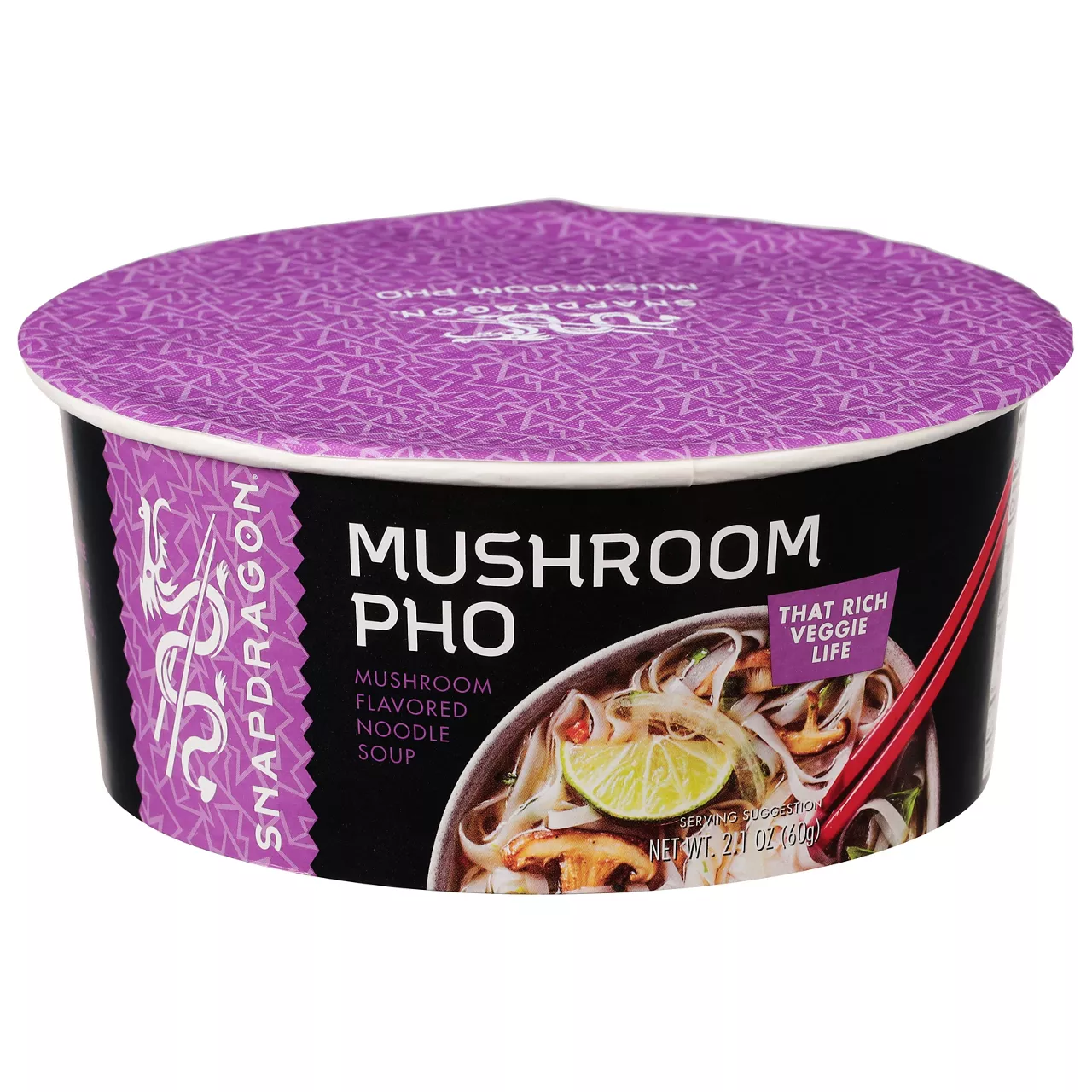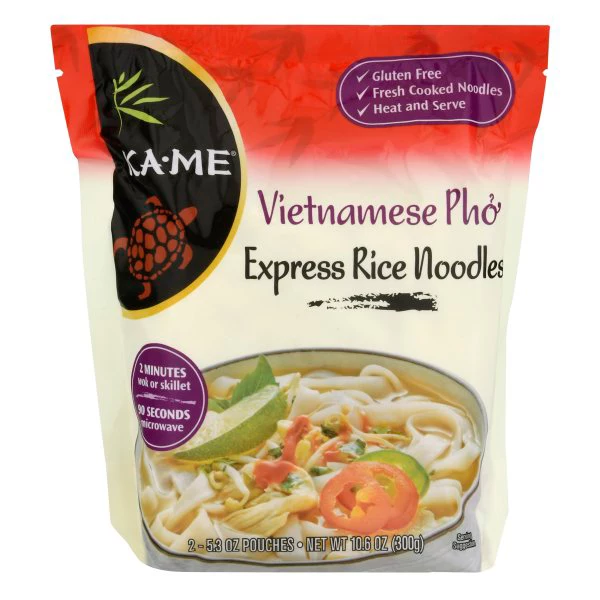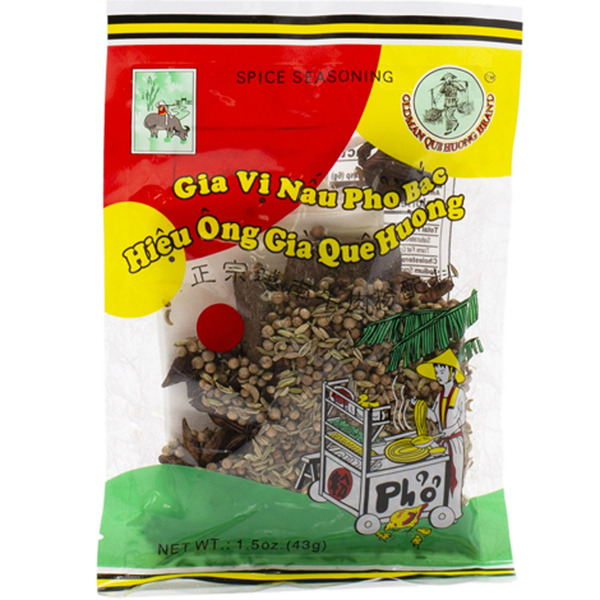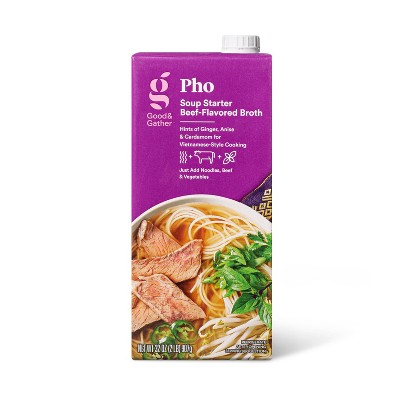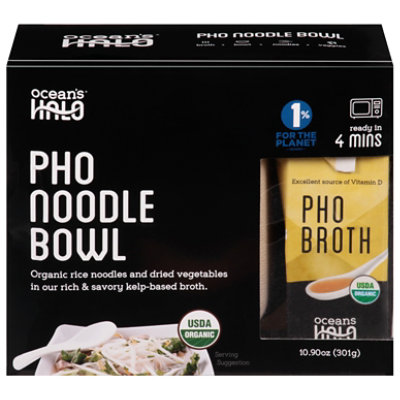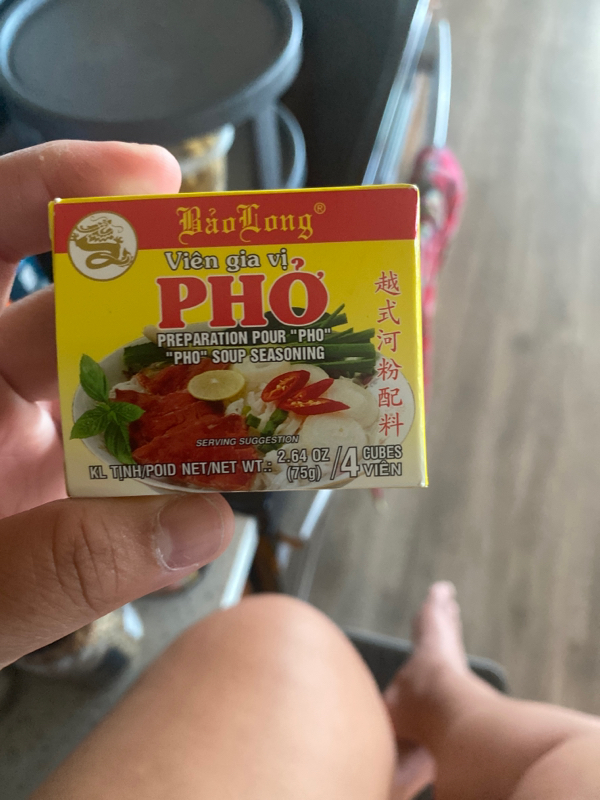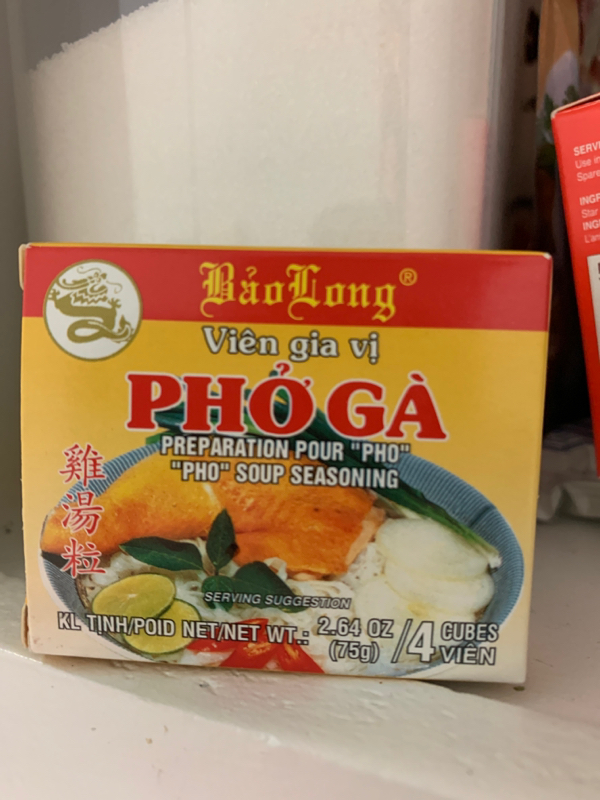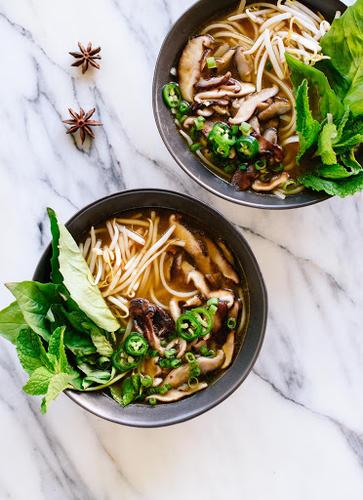MAIN DISHES
Pho
Pho is a traditional Vietnamese soup known for its distinctive, aromatic broth made from simmering beef or chicken bones with spices such as star anise, cloves, cinnamon, and cardamom. It is typically served with thin rice noodles, tender slices of beef or chicken, and garnished with fresh herbs like cilantro, basil, and green onions. Pho is enjoyed as a filling meal that provides comfort and warmth, making it a popular choice in many homes and restaurants.
Home cooks can recreate this iconic dish by preparing the flavorful broth and customizing it with their choice of meat and garnishes. Pho can be tailored to suit individual preferences and accommodate dietary restrictions by substituting the meat with plant-based protein options or utilizing gluten-free noodles. The soup's versatility and deep, satisfying flavors make it a must-try dish for anyone interested in exploring Vietnamese cuisine.
55%
CARBS
12%
FAT
33%
PROTEIN
Featured Articles
187 Pho Products
Mushroom Vietnamese Pho Delicious Rice Noodle Soup Bowl
Annie Chun's Vietnamese Style Pho Soup Bowl
Ka'Me Noodles Vietnamese Pho
Old Man Que Huong Pho Bac Spice Seasoning - Gia Vi Pho Bac
Pho Soup Starter Beef-Flavored Broth
Ocean's Halo, Organic and Vegan Pho Noodle Bowl, Shelf-Stable Packaged Meal
Pho Soup Seasoning
Star Anise Foods Soup Brown Rice Noodle Vietnamese Happy Pho Shiitake Mushroom
Pho Broth
Pho Ga Soup Seasoning
10 Recipes for Pho
Pho FAQ
What is Pho?
What are the essential ingredients for making Pho?
What is the best cut of meat for Pho?
Can I make Pho without meat?
What is the best way to cook the beef for Pho?
Can I use pre-made Pho broth?
How can I store leftover Pho?
What are some common mistakes to avoid when making Pho?
Expiration & Storage Tips
When does Pho expire?
Unopened and store-bought pho in containers can last up to 5 days in your refrigerator. Once opened, leftover pho should generally be consumed within 1-2 days for optimal flavor and safety. If you made homemade pho, it's best to consume this within 3-4 days when stored in the refrigerator. As for freezing, pho can last up to 3 months in the freezer, if stored properly. Just make sure to freeze the soup separately from the noodles and toppings to minimize changes in texture.
How do you tell if Pho is bad?
identifying bad pho is a sensory experience. The easiest way to tell is if it smells off - the low, comforting aroma of the spices should be prevalent, and a sour or unpleasant odor is a clear sign of spoilage. Also check for any signs of mold or discolorations in the broth. The noodles may also become unusually soft and lose their resilience. If in doubt, it's best to discard it for safety's sake.
Tips for storing Pho to extend shelf life
• Store pho in a sealed, airtight container to help maintain its freshness
• Pho is best when the broth, noodles, and toppings are stored separately - this prevents the noodles from soaking up too much broth and becoming overly soft
• If you know you'll be storing leftovers, hold off on adding fresh herbs and garnishes until you're ready to serve the pho again - this will help maintain their fresh flavor and crisp texture
• For freezing, store the broth separately from the noodles and toppings. This will help maintain their texture and prevent them from becoming mushy
• When ready to defrost and serve, reheat the broth separately to boiling point before adding the noodles and toppings. This will help ensure the soup is hot enough and that any potential bacteria are killed.
EXPIRES WITHIN
19 - 29
MONTHS
Health Info
Macros
49g
CARBS
10g
FAT
29g
PROTEIN
Allowed on these diets
LACTOSE FREE
GLUTEN FREE


